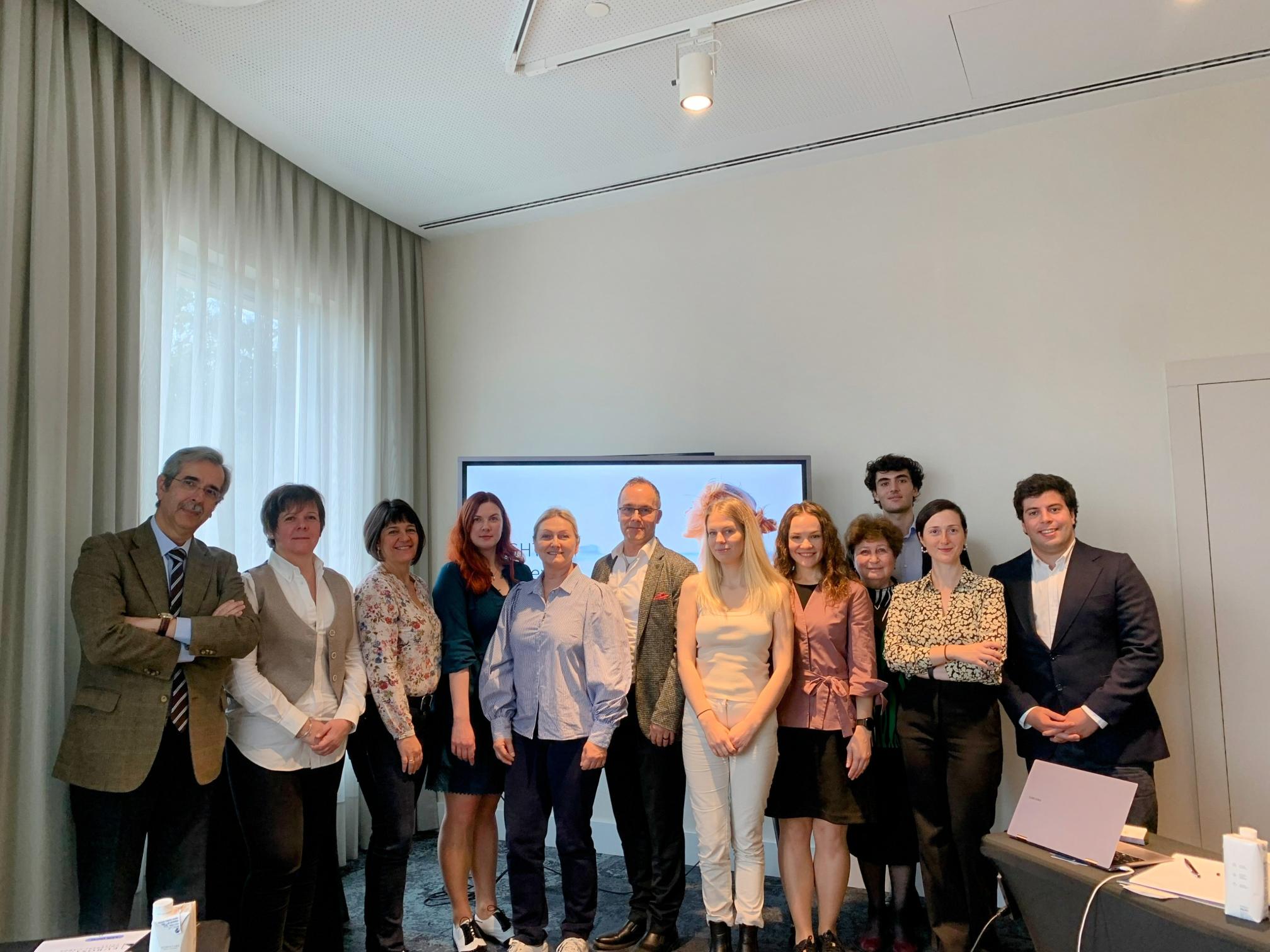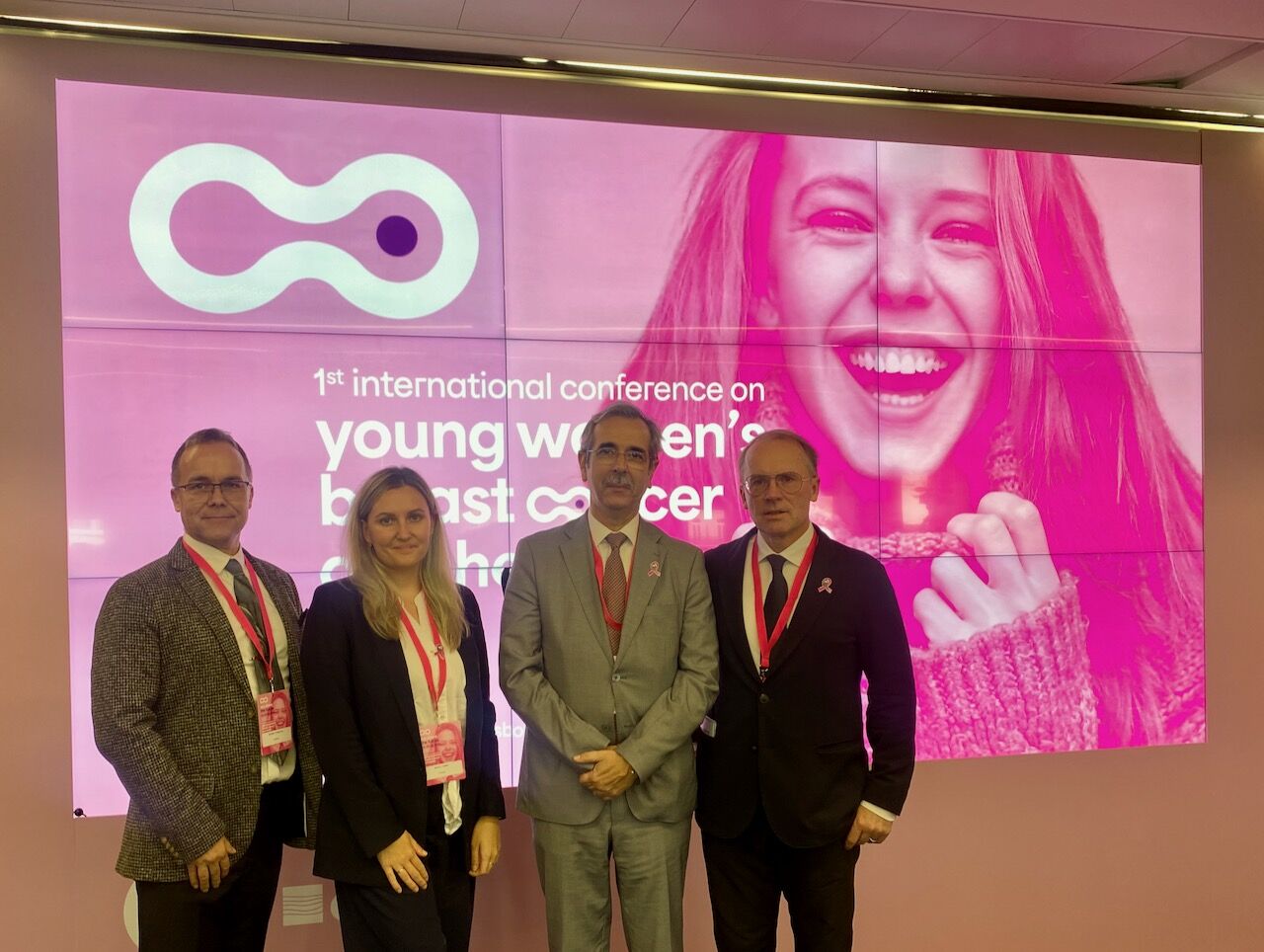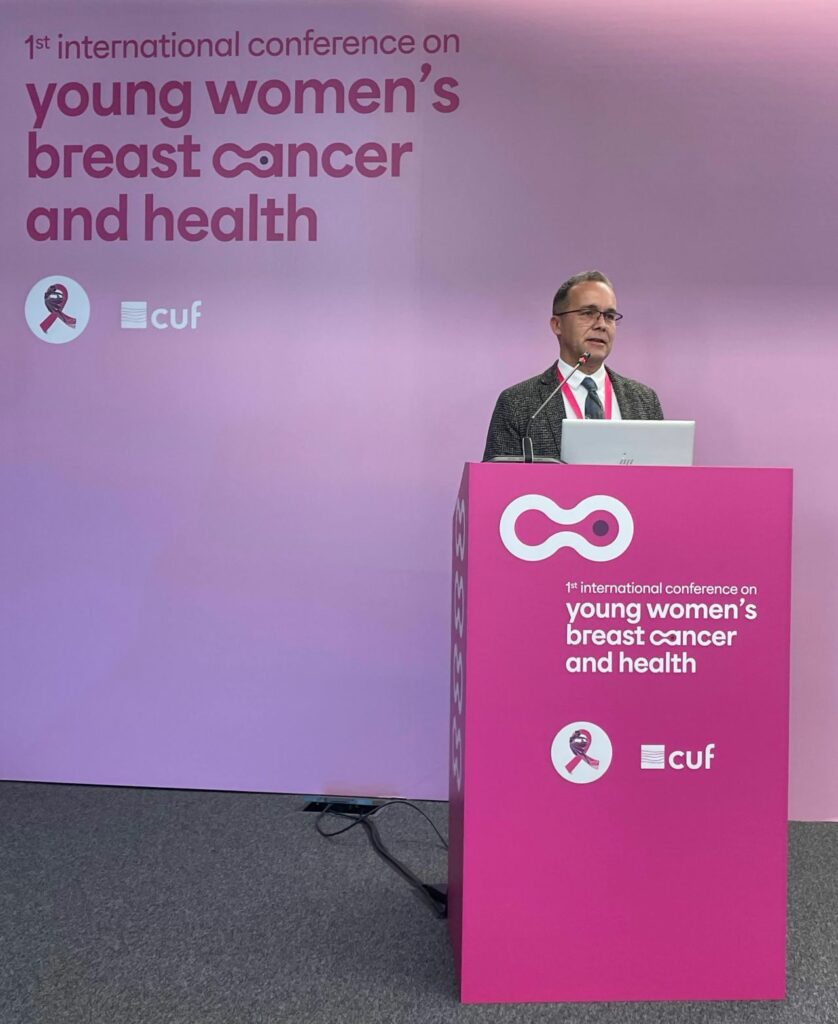On 25 November, the preliminary results of the Portuguese study were presented at the BRIGHT seminar at ULS Santa Maria Hospital in Lisbon as part of the Santa Maria Innovation Days.
The Portuguese clinical study was initiated in June 2023, with the majority of participants recruited between January and July 2024. A total of 793 PRS reports were generated for women aged 35–49.
The recruitment process in Portugal took place in two stages. The first stage, launched in June 2023, targeted hospital staff. The second stage began in December 2023 and was promoted through social media, the hospital’s website, local media, and digital screens throughout the hospital (MUPIs). Over 1,000 volunteers expressed interest in participating, and 800 women ultimately took part in the testing.
In Portugal, enrolment took place at the hospital in an appointment-style format. Volunteers either self-administered the PRS test or received assistance from a nurse, followed by a thorough clinical examination with an oncologist. The participants were tested using the AnteBC test, with buccal swab samples sent to Antegenes for processing. Once analysed, a PRS report, medical assessment, and clinical recommendations were generated, and results were provided to participants. The women were categorised into three risk groups: low (RR < 1.5), slightly elevated (1.5 ≤ RR < 2.7), and elevated (RR > 2.7).
The results showed that the average participant age was 41, with an average cohort percentile of 50.68%. The majority of women (585, or 73.77%) had a 10-year risk at or below the average risk for a 50-year-old woman, while 208 women (26.23%) had a 10-year risk higher than the average for 50-year-old women in Portugal. Based on the recommendations, 390 women were advised to begin mammographic screening before the age of 50, and 193 women (24%) were recommended to start screening within the current year due to their elevated risk score.
Additionally, all participants were offered a follow-up mammogram and breast ultrasound after their first appointment. Almost half of the volunteers underwent both ultrasound (390) and mammography (48%). The most common reasons for not undergoing imaging exams were pregnancy or recent motherhood.
Finally, the first participant feedback questionnaire revealed that most volunteers (32.4%) first heard about the project through a family member or friend, while 28% learned about it from their doctor. The study information was considered sufficient, clear, and understandable by 89% of participants. Moreover, 98.6% of women were pleased to have participated and would make the same choice again.


